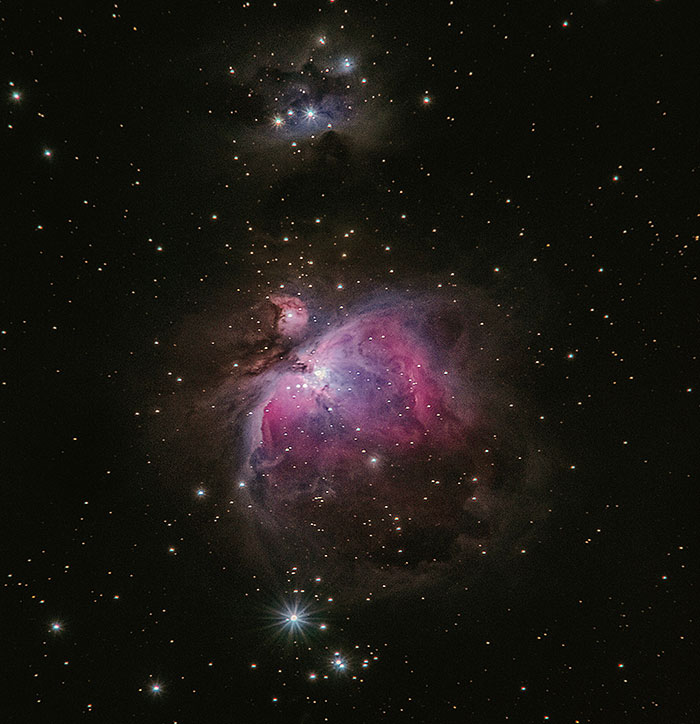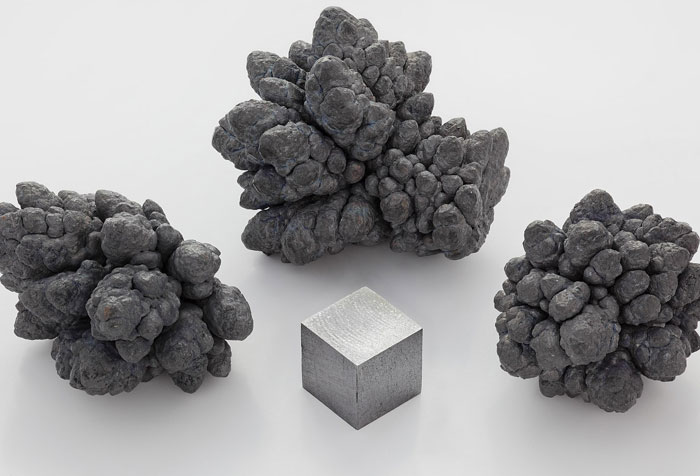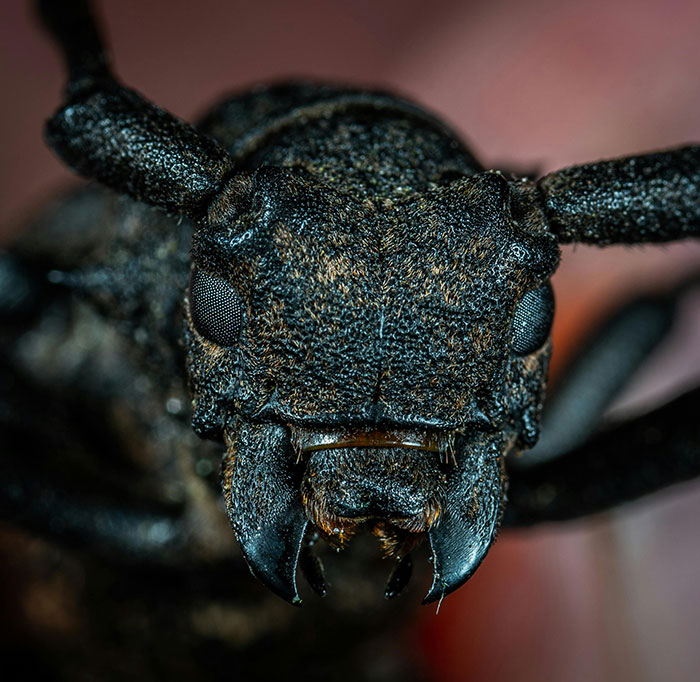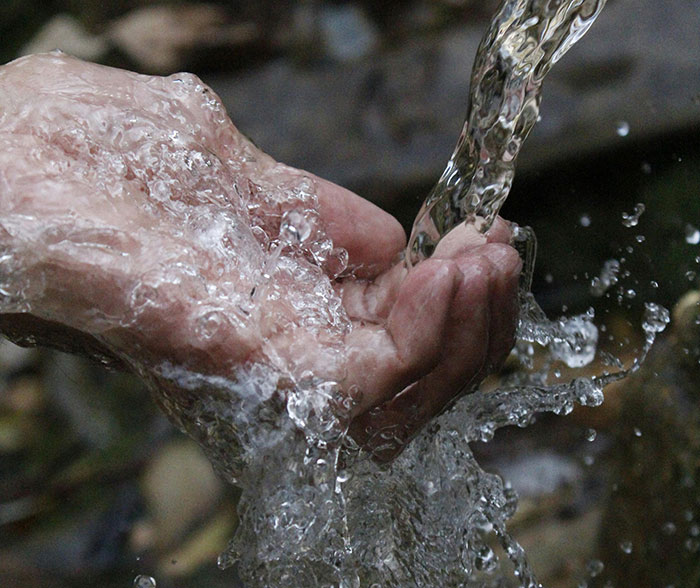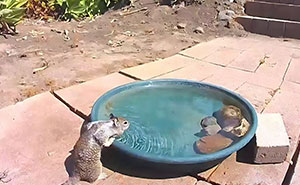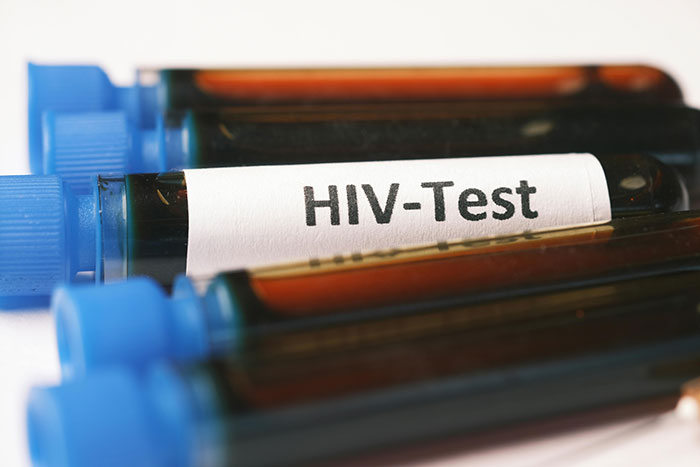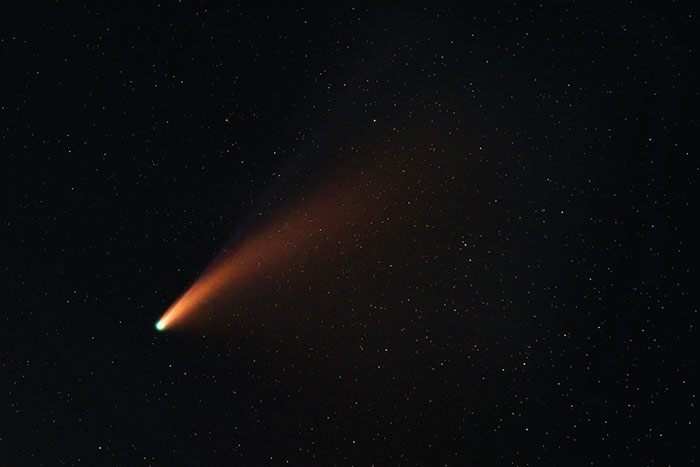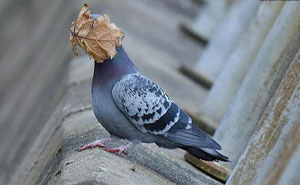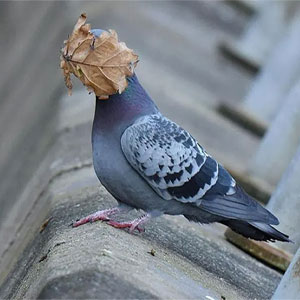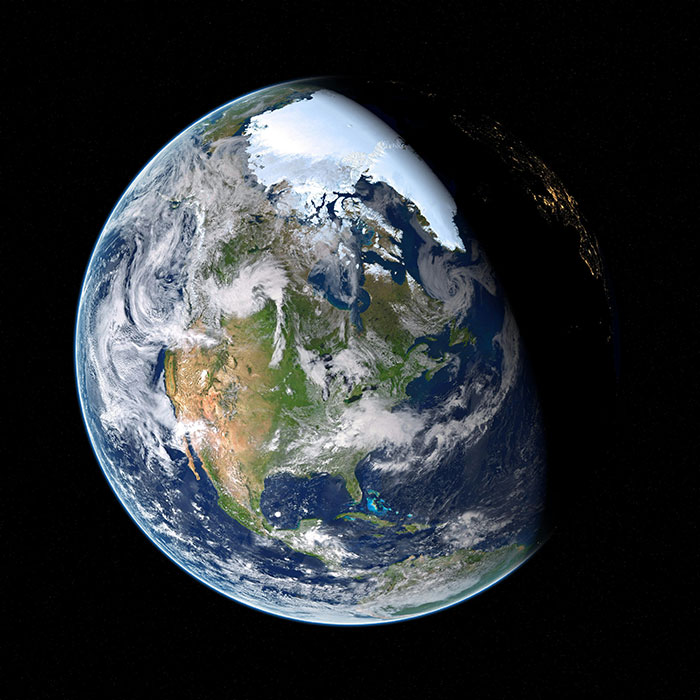Perhaps a similar thought brought about the curiosity of this Redditor. Instead of fishing for some fun science facts, the user u/DogeStonks69 asked others, “What’s the scariest science fact that the public knows nothing about?” And boy, did the commenters deliver. Be prepared to possibly face some existential dread after going through these entries.
TheSpaceBornMars , Pavel Danilyuk/Pexels (not the actual photo) Report
Traditional_Ad_6801 , Alex Andrews/Pexels Report
re_artist , Alchemist-hp (talk) (www.pse-mendelejew.de) Report
The fact that there are nano and microplastics in our blood, placenta, heart, liver, and bowels alone is enough to scare us. But that’s also the reason why scientists can’t properly study its effects – there is no place (even in the human body) where they are not present, so we can no longer make comparisons.
What are the potential dangers of having microplastics in our organs? It’s possible they make us more susceptible to cancer, heart disease, kidney disease, and Alzheimer’s disease, and they might even affect our fertility. There is a study where researchers found that microplastics in the brain might correlate with autism-like traits in mice.
Shaveyourbread , Trevor MacInnis Report
GotPC , Matthias Zomer/Pexels (not the actual photo) Report
mystical_apple05 , cottonbro studio/Pexels (not the actual photo) Report
Reuters reports that a 2020 study found how Earth has lost 5% to 10% of its insect populations in the last 150 years. That’s between 250,000 and 500,000 species total. Another study found that we’re losing insect populations at a rate of 1% to 2% per year.
Which species are the most affected? Out of the gross ones, only the beetles, including dung beetles. The insects that have the worst numbers are bees, moths and butterflies, aquatic insects, and those insects that eat other insects, like certain species of ladybugs and ants.
Wales_forever , MART PRODUCTION/Pexels Report
Hattkake , Negative Space/Pexels Report
CodeMonkeyPhoto , Josh Sorenson/Pexels Report
As temperatures rise, insects may no longer have cooler environments to migrate to. Droughts reduce food availability, and heavy rainfall might even drown them. Extreme weather events might be dangerous directly or destroy their habitats.
AdventurouslyYoung , Pixabay/Pexels (Not the actual photo) Report
hasturoid Report
abysse , Egor Kamelev/Pexels Report
“You would certainly have mass starvation [and] societal unrest… It’d be a place where there would be rotting feces and corpses everywhere because dung beetles and other insects that break down those materials would be gone.”
DrAimCaf , Jonathan Borba/Pexels (not the actual phtoo) Report
the_hip_o Report
headwaterscarto Report
TheMagnuson , Felix Mittermeier/Pexels Report
beanrush , Samad Deldar/Pexels (not the actual photo) Report
PurahsHero , Pixabay/Pexels Report
desexmachina , Mahrael Boutros/Pexels (not the actual photo) Report
MobPsycho-100 , Kawê Rodrigues/Pexels (not the actual photo) Report
squid_ward_16 , Towfiqu barbhuiya Towfiqu barbhuiya/Pexels Report
SamURLJackson , Anna Shvets/Pexels (not the actual photo) Report
terrific_mephit325 , NASA/JPL-Caltech/SwRI/MSSS/Kevin M. Gill Report
markydsade , Alex Andrews/Pexels (not the actual photo) Report
Lastalmark , Ivan Samkov/Pexels (not the actual photo) Report
biohazardmind , stein egil liland/Pexels Report
24benson , Unknown Report
escapingdarwin , Pixabay/Pexels Report
Wild4fire , NASA/Goddard Space Flight Center/ICRAR Report
No_MrBond , Pixabay/Pexels Report
Follow Bored Panda on Google News!
Follow us on Flipboard.com/@boredpanda!




